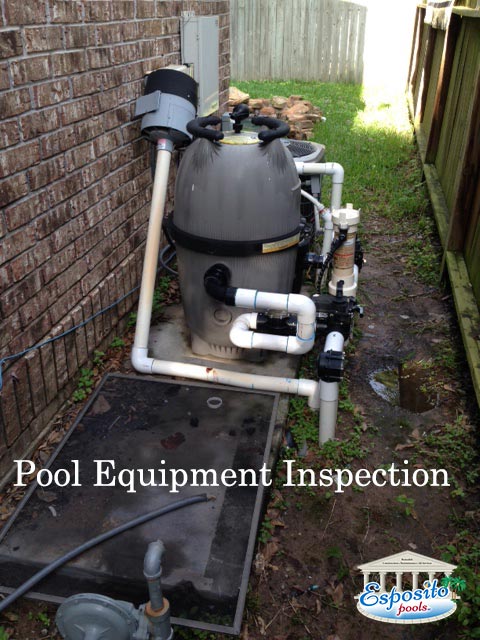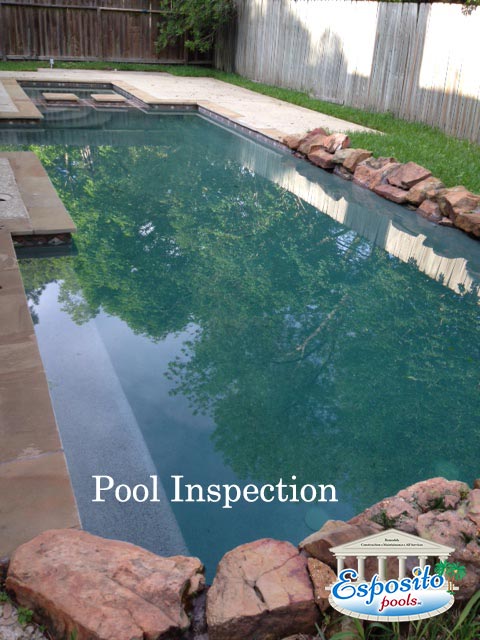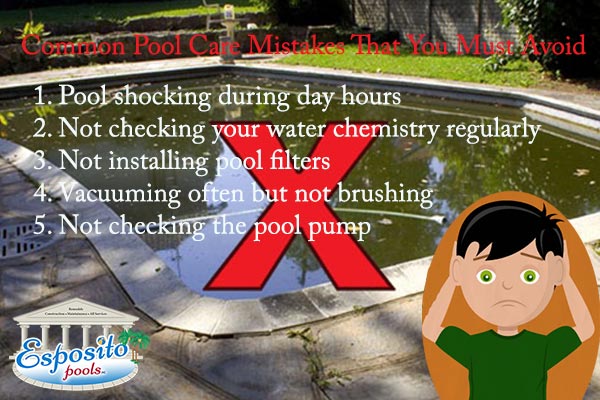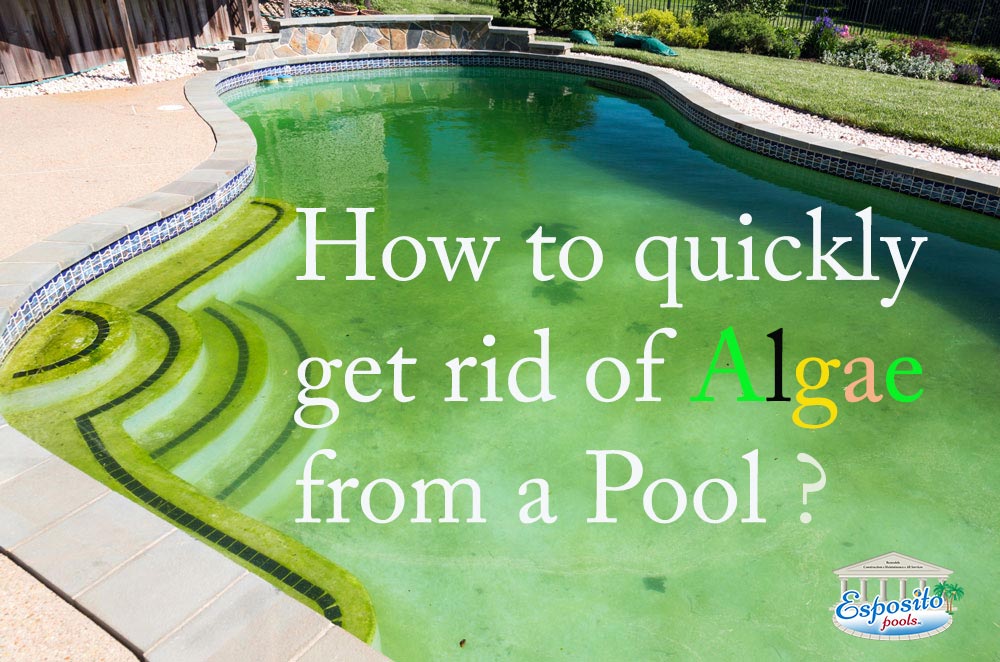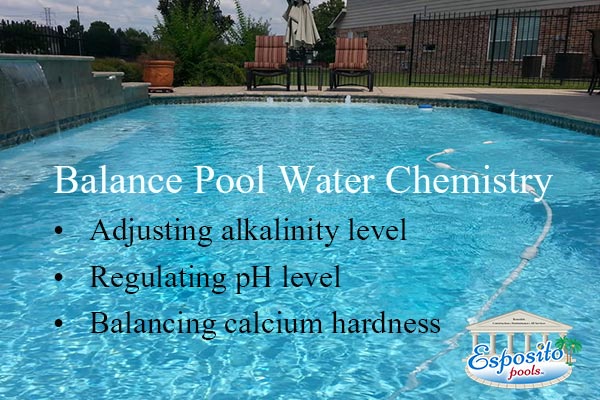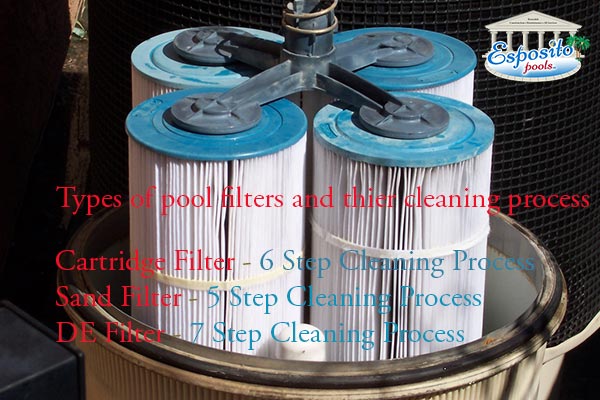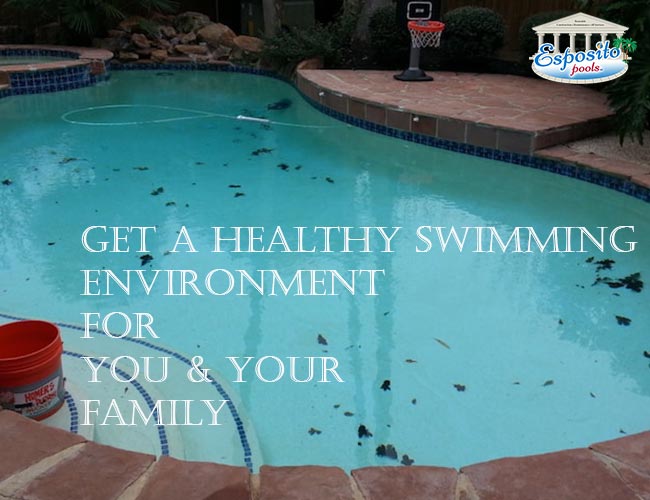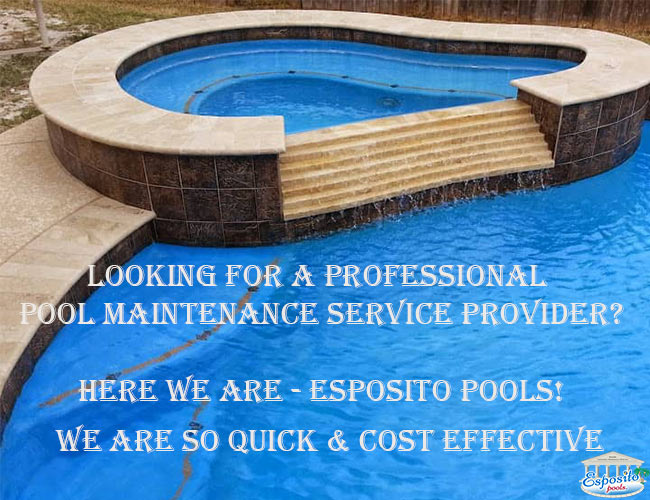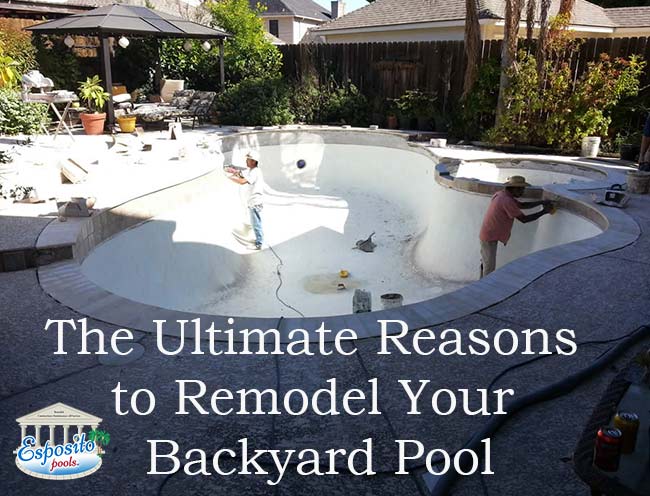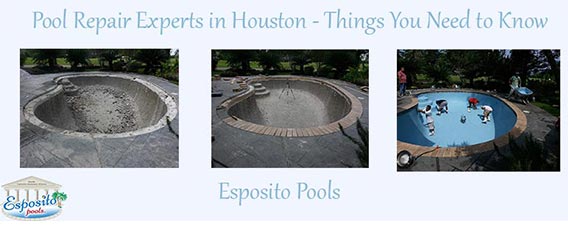Nothing can give you more pleasure than having a refreshing bath in the pool at your backyard. However, pools need good maintenance to remain clean and sanitized and the chlorinators play an imperative role in simplifying your pool maintenance procedure. With chlorinator, you can add chlorine tablets to your pool water in controlled levels to keep it germ free. Though, it is equally important to install the chlorinator in line with the plumbing system of your pool so that you could refill and maintain it easily.
The basic components of an Inline Chlorinator are listed below:
• Tube: It is the main body of the inline chlorinator that holds the chlorine tablets.
• Filter Stand: It is placed down there at the bottom of the chlorinator and its main function is to provide base to the chlorine tablets so that they could clog the hole directly. Without the filter stand, the chlorine tablets will clog the hole and obstructs the flow of water across the chlorinator.
• Cap/Lid: The lid is located on the top that screws the chlorinator. It comes with an O-ring that needs to be changed in every 6 months.
• Control Valve/Inline Valve: It controls the water flow into the chlorinator and also governs the chlorine feed rate.
• Check Valve: The check valve is located at the bottom to keep water from backing up across the chlorinator into the remaining equipment.
Installation
Install the inline chlorinator in the return line of the pool and keep the return line between the components of the plumbing system including the heater and the pump. Make sure to turn off the filter and pump systems and close the valves.
The chlorinator should be installed in the upright position with the cap/lid facing upwards. Ensure to cut the pipe at the precise location where you want to install the inline chlorinator. Place the filter stand at the bottom of the chlorinator to avoid clogging of the hole by the tablets. Use PVC solvent to attach the chlorinator and verify the valves are in place. Place the chlorine tablets on the top of the filter stand but do not stack the tablets above the reference line. Now, close the top of the chlorinator with the cap/lid. The lid should be tightened using the fingers only because if you tighten it using your whole hand, the o-ring will be damaged causing leakage from the chlorinator.
As the owner of the pool, you always make sure to install the chlorine in line with the plumbing system for proper functioning so that you can enjoy an energizing bath in your clean pool water.
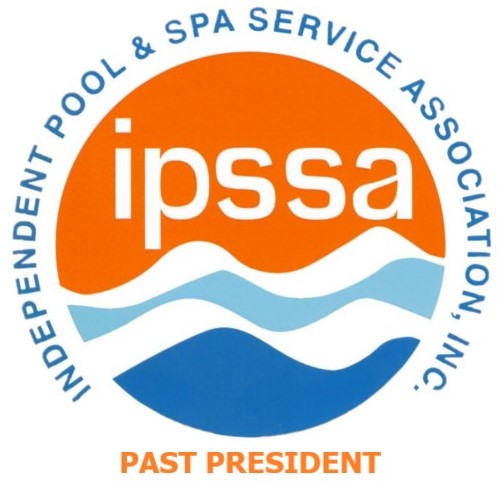
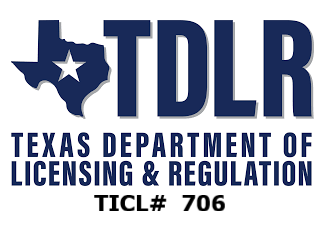
 0
0
